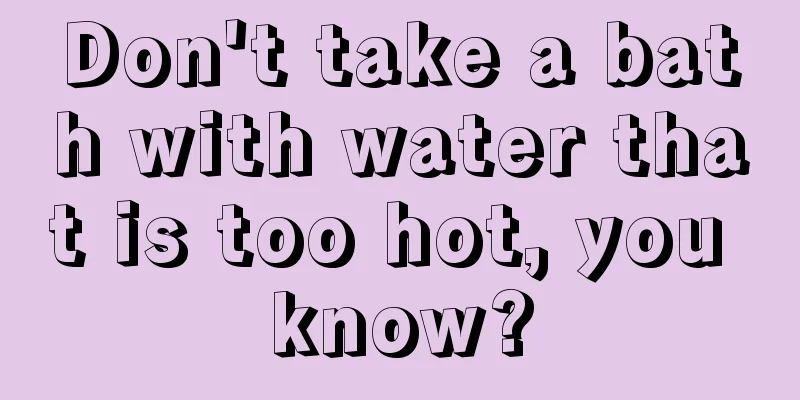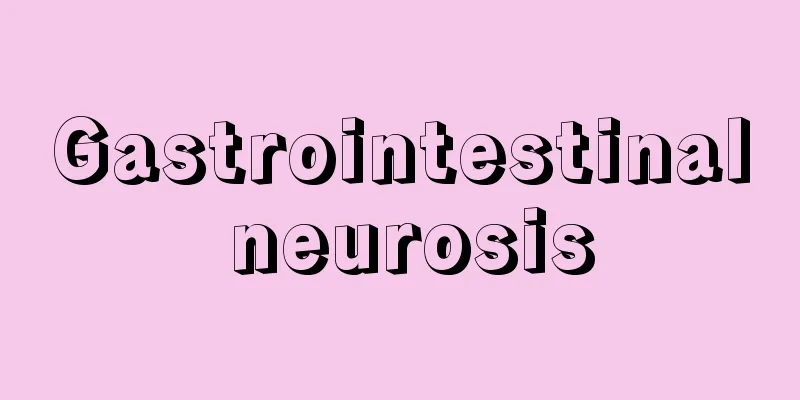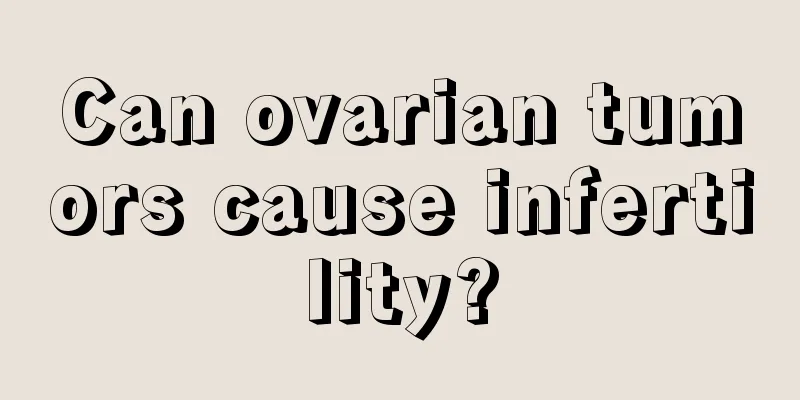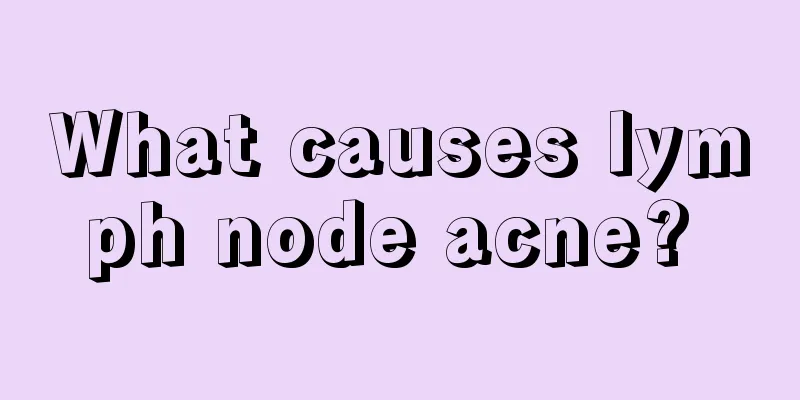Where is the best place to get moxibustion for nasal congestion

|
People often experience nasal congestion when they have a cold. After the nasal congestion occurs, they will feel dizzy, often unable to open their eyes, and their nose will feel very uncomfortable. Patients also often feel sleepy. Nasal congestion can be treated through moxibustion. As long as the right acupoints are selected for targeted moxibustion treatment, the nasal congestion will recover soon. So if you have nasal congestion, where should moxibustion be used for the best effect? Let’s take a look below. For colds, you can use moxibustion on the Dazhui point behind the neck Dazhui is the meeting point of the Du meridian and other yang meridians, and is the main point for the body's yang energy. Use moxibustion to gently apply Dazhui point on the back of the neck for 20 minutes. You can choose Fengmen point as an alternative acupoint and moxibustion for 3 to 5 minutes. Location of Dazhui point: When you lower your head, the most prominent spinous process on the back of your neck that follows your head when you turn it left or right is the seventh cervical vertebra, and the depression below it is the Dazhui point. Moxibustion on the Dazhui point can effectively improve the body's immunity, prevent influenza, and treat fever and cold symptoms. Fengmen acupoint location: two vertebrae below Dazhui acupoint, 1.5 inches lateral to the spinous process. Fengmen acupoint is the gateway for wind evil to enter and exit. Moxibustion on this acupoint can dispel wind and cold and treat colds. Moxibustion on Hegu acupoint for cold Hegu point is what we commonly call the tiger's mouth. When you have a cold, moxibustion on Hegu point can effectively relieve the symptoms of nasal congestion and clear nasal discharge. When doing moxibustion, you should pay attention to the following: if the nasal congestion is on the left side, then moxibustion the Hegu point on the right hand; if the nasal congestion is on the right side, then moxibustion the left hand. Each time, moxibustion lasts for five minutes. Cold can be treated with moxibustion at Fengchi acupoint If you touch back from the lower edge of the bony protrusion behind the ear, you can feel a depression. This part is the Fengchi point. There is one on each side. This point is an important acupoint on the human body's foot Shaoyang Gallbladder Meridian. Moxibustion on this point can relieve the exterior and dispel the cold, and treat symptoms such as headaches and neck pain caused by colds. Cold can be treated with moxibustion at Fengfu acupoint Feel down along the back of the head to the depression, this part is the Fengfu point, this point is an important point on the Du meridian of the human body. When you have a cold, moxibustion this point can relieve the symptoms such as headache, dizziness, and neck stiffness caused by the cold. Moxibustion sites for different cold symptoms 1. Cold 1. Select Baihui, Dazhui, Fengmen and Feishu points for gentle moxibustion until the local skin becomes warm and red. This can relieve symptoms of aversion to cold. Moxibustion should be performed once or twice a day. 2. Select Dazhui, Hegu, Feishu and Lieque points for gentle moxibustion. Moxibustion each point for 15 minutes until the skin becomes warm and red and the symptoms of aversion to cold are relieved. 2. Wind-heat cold 1. Select Dazhui, Quchi, Chize and Hegu points and use moxa sticks to moxibustion. Moxibustion each point for 10 to 15 minutes, once or twice a day. After the symptoms disappear, moxibustion one or twice more and then stop. 2. Select the temples, Yintang acupoint, Quchi acupoint, and Hegu acupoint, and use moxa sticks to moxibustion each acupoint for 10 to 15 minutes, once a day. After the symptoms disappear, moxibustion one or two more times and then stop. 3. Summer heat and dampness cold 1. Select Feishu, Zhiyang, Yinlingquan and Zusanli points for gentle moxibustion. Moxibustion each point for 15 minutes until warmth and redness appear locally. Do this once a day until fever subsides and dizziness, headache, chest tightness and other symptoms disappear. Then increase the moxibustion 1 to 2 times. 2. Select acupoints such as Feishu, Xinshu, Diaphragmshu, Tiantu, Tanzhong, Shenjue, etc., and use moxa sticks and ginger for moxibustion. That is, cut the ginger into 2 mm thick slices, poke small holes in the ginger, and put the moxa sticks on it. When the moxa stick is about to burn out and the skin feels burning, remove it. Apply five to seven sticks to each acupoint, once or twice a day, and stop after the cold is cured. |
<<: The benefits and effects of moxibustion instrument
>>: Can I eat bananas before taking anti-inflammatory drugs?
Recommend
Nails bend downwards
The nails bend downward, which is a more obvious ...
Treatment after bladder tumor surgery
There is still no definite answer to the incidenc...
What factors may be related to the cause of nasopharyngeal carcinoma?
Nasopharyngeal carcinoma is a common disease, and...
Principles of dietary treatment for kidney cancer
Kidney cancer patients should pay attention to di...
What can people with diabetes eat? Have you eaten all of these?
In recent years, the incidence of diabetes has be...
What to do if garlic is infested with worms
In fact, there are many things to pay attention t...
What is the recurrence rate of kidney cancer after surgery?
Many people do not believe that kidney cancer can...
Effects of drugs on pituitary tumors
In recent years, the incidence of pituitary tumor...
Is cervical spondylosis prone to occur in summer?
As we all know, the environment and season can ha...
What tests are needed for gallbladder cancer reexamination
Gallbladder cancer is a common tumor disease that...
Baby's earwax is very hard
Although some parenting experts advise parents no...
Bedtime yoga for beginners
Bedtime yoga refers to yoga done before going to ...
Does bile duct cancer develop rapidly?
Does bile duct cancer grow quickly? Cholangiocarc...
There is blood on the scar
Sometimes, if we are not careful during activitie...
Symptoms and preventive measures of prostatitis
Due to the influence of various factors such as w...









